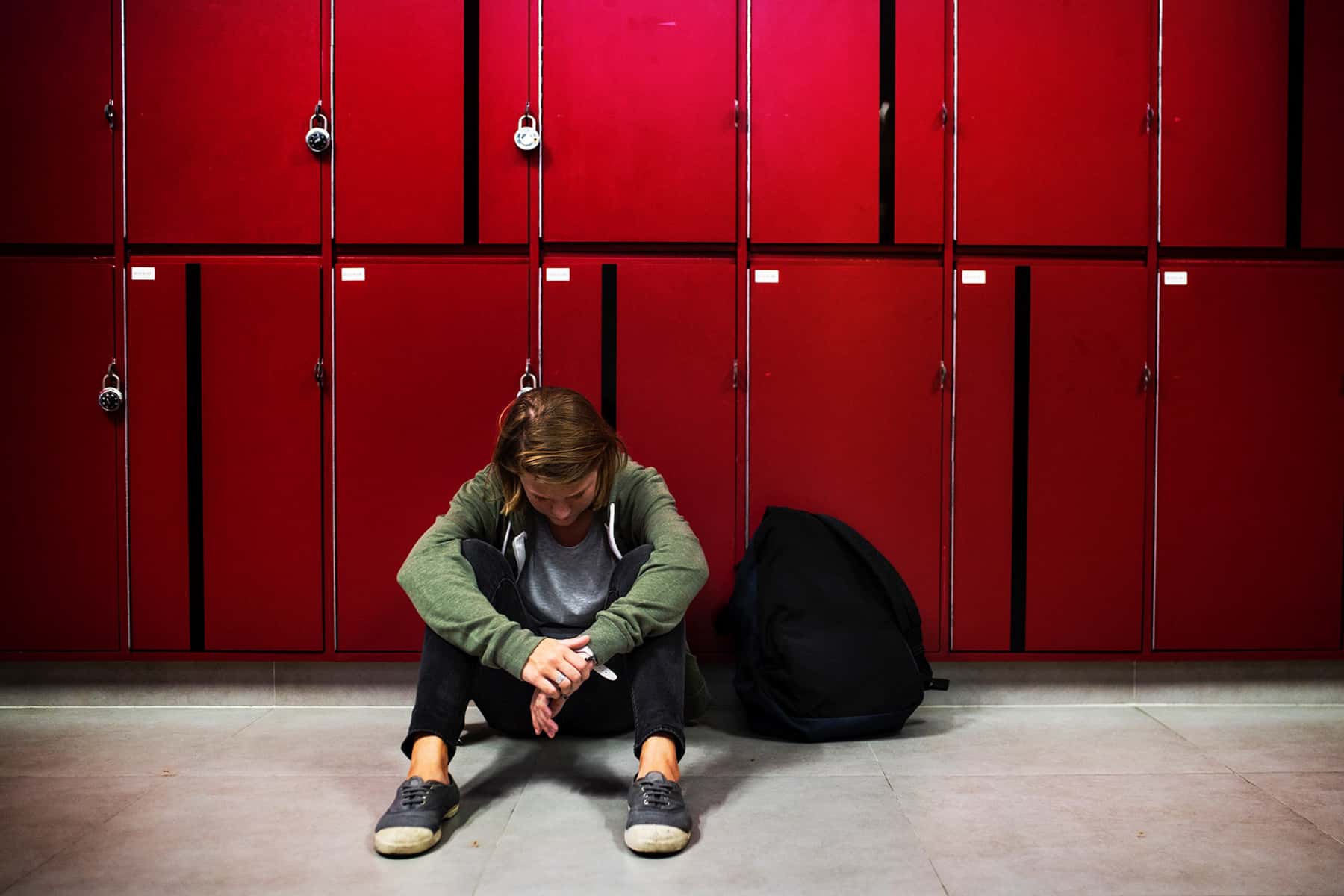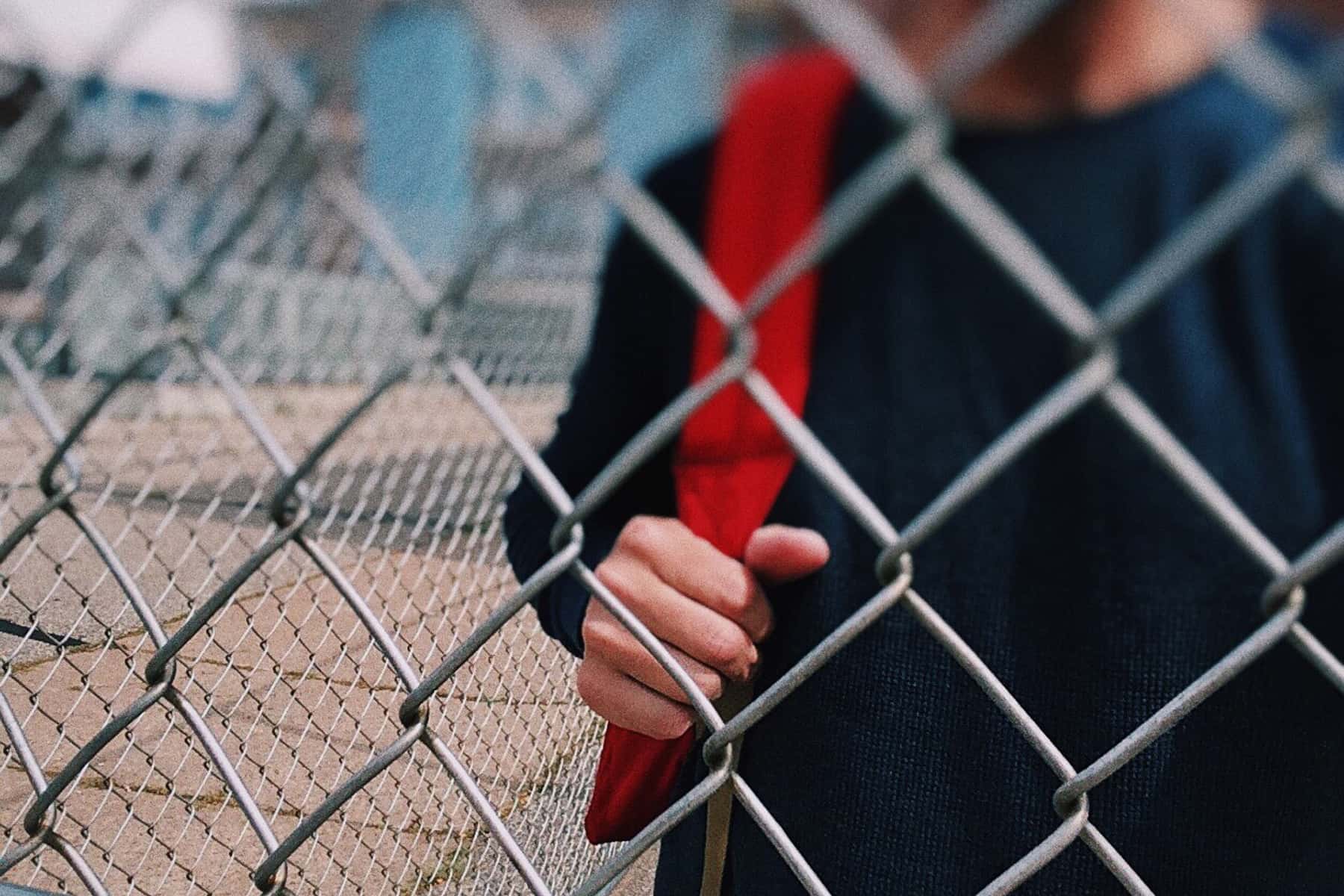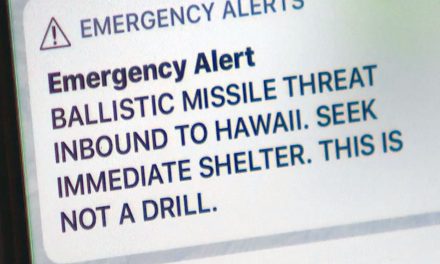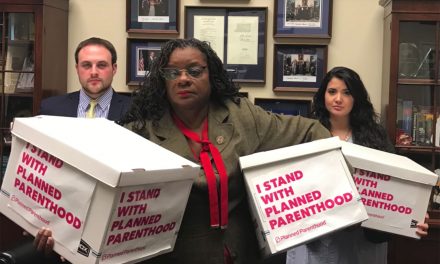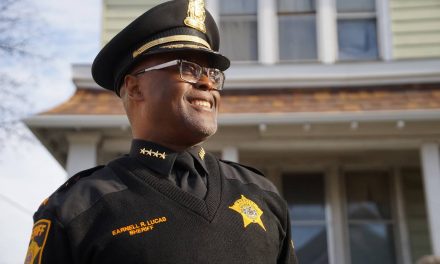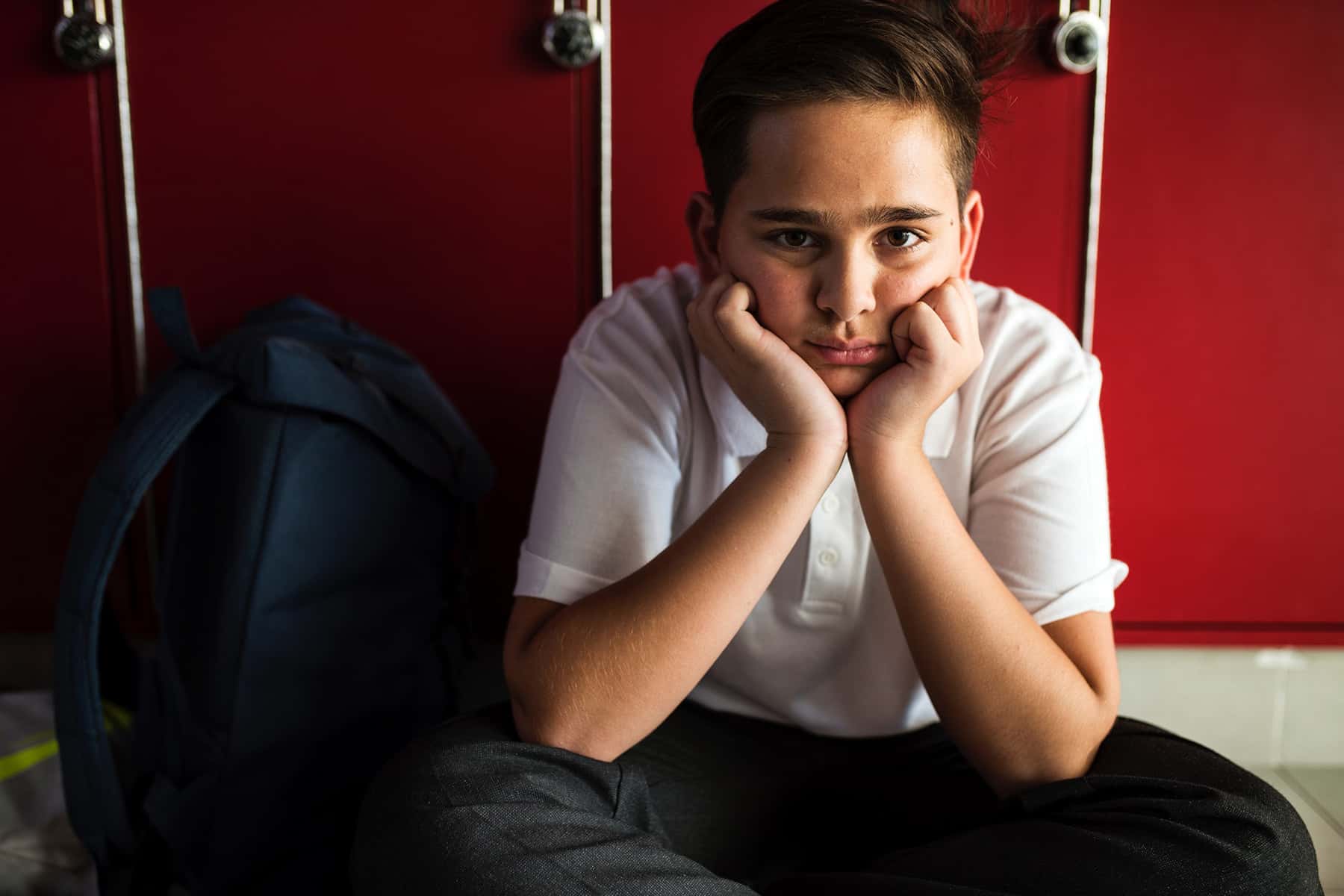
In Baraboo, members of the junior class were photographed – for their prom – giving a Nazi salute. In Greendale, African-American students were subjected to racial slurs by their classmates. In Kenosha, a former student sued the school district for failing to protect him from years of anti-gay bullying. In Franklin, members of the high school basketball team used racial slurs against members of the opposing team.
And that’s all just in 2018. In Wisconsin. About student behavior that has garnered wide press attention.
In fact, a report issued in September – based on 2017 data from the U.S. CDC’s 2017 Youth Risk Behavior Surveillance System – found that Wisconsin ranked 4th highest in the nation for the number of students bullied on school property.
Yes, there is student speech that is protected by the First Amendment (as the Baraboo school district found to be the case for the Nazi salute). But allowing students to speak doesn’t mean that speech can or should go unchallenged, and schools cannot use the First Amendment as an excuse to ignore the real harm of such hateful actions. Our schools can do better. And they must do better. It’s the law.
In Wisconsin, all public schools, and many private schools receive federal funding. And with that funding comes an obligation: schools may not discriminate on the basis of race, color, national origin, disability, or sex (including sexual orientation). Title VI of the Civil Rights Act of 19641 (Title VI), which prohibits discrimination on the basis of race, color, or national origin; Title IX of the Education Amendments of 19722 (Title IX), which prohibits discrimination on the basis of sex; and Section 504 of the Rehabilitation Act of 19733 (Section 504), which prohibits discrimination on the basis of disability, all apply.
Those laws don’t limit non-discrimination to actions by faculty and staff (although they certainly also protect students from such harassment as the racial slurs reportedly used by some teachers in Madison). The U.S. Department of Education has long made clear that schools must protect students from harassment by other students. For example, in 2010 the U.S. Department of Education Office for Civil Rights issued a “Dear Colleague” letter, making clear that schools must investigate harassment, take “prompt and effective” steps to end the harassment and ensure that there is no retaliation against the victim. Some of the critical points include:
- The fact that “[h]arassing conduct may take many forms, including verbal acts and name‐calling; graphic and written statements, which may include the use of cell phones or the Internet; or other conduct that may be physically threatening, harmful, or humiliating.”
- The school’s obligation to “address[] harassment incidents about which it knows or reasonably should have known,” even if there hasn’t been a complaint filed about those incidents.
- The requirement that if “an investigation reveals that discriminatory harassment has occurred, a school must take prompt and effective steps reasonably calculated to end the harassment, eliminate any hostile environment and its effects, and prevent the harassment from recurring.
- Ensure that in seeking to end the harassment, the actions do “not penalize the student who was harassed.”
- Take “steps to stop further harassment and prevent any retaliation against the person who made the complaint (or was the subject of the harassment) or against those who provided information as witnesses.”
- Finally, resolving the individual situation may not be enough. Instead, “the school may need to provide training or other interventions not only for the perpetrators, but also for the larger school community, to ensure that all students, their families, and school staff can recognize harassment if it recurs and knows how to respond. A school also may be required to provide additional services to the student who was harassed in order to address the effects of the harassment… An effective response also may need to include the issuance of new policies against harassment and new procedures by which students, parents, and employees may report allegations of harassment (or wide dissemination of existing policies and procedures).” Id. pp. 2-3.
These requirements apply to all schools, not just those where misconduct becomes public knowledge. The time for schools to act is now – before their students suffer more, before they become the target of public contempt before they end up financially liable for failing to protect students from discriminatory harassment. There are resources out there, like Teaching Tolerance. There are consultants districts can hire. There are students and families and teachers who care. Our students can’t wait any longer.
Karyn Rotker, ACLU of Wisconsin
Originally published as All schools need to protect students from harassment

